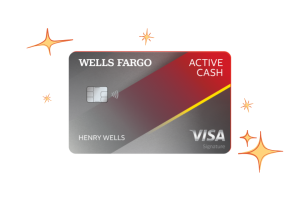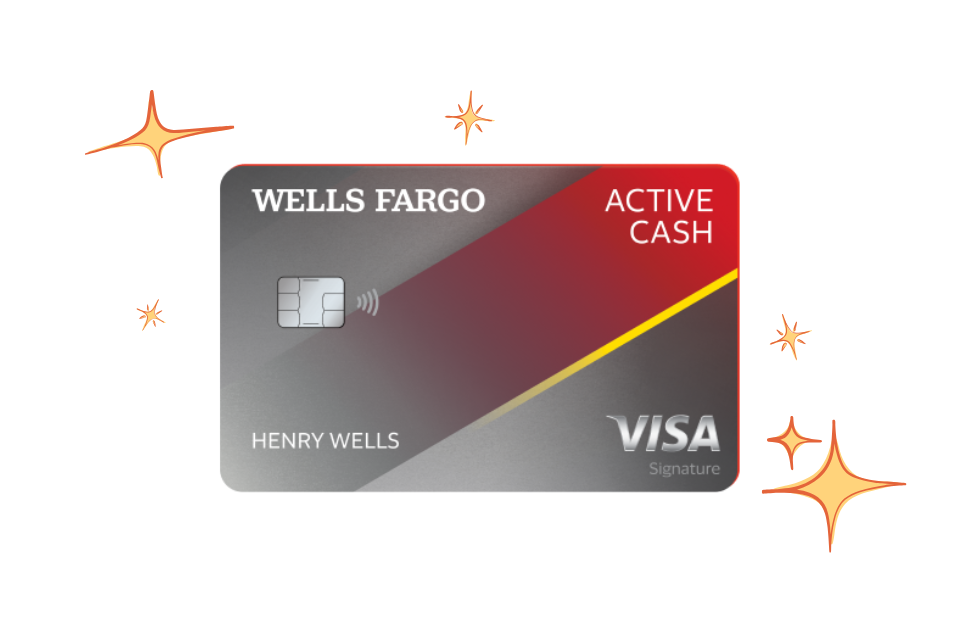Let’s be real: waiting around for your credit score to slowly climb can feel like watching paint dry. Especially if you’re hoping to qualify for a better apartment, a car loan, or just generally improve your financial standing in the U.S. While building excellent credit is definitely a marathon, not a sprint, there are certain actions you can take that tend to have a more immediate, positive impact on your score compared to others. Think of them as power moves in the credit-building game.
You won’t go from zero to perfect overnight, that’s just not how it works. But focusing your energy on the right areas can definitely accelerate the process. If you’re looking for ways to give your US credit score a noticeable lift in a relatively short amount of time, pay close attention to these strategies.
Your Balances: The Fastest Way to See Change
Okay, if you’re looking for something that can potentially move your score this month or next, zero in on your credit utilization ratio. This is the amount you owe on your credit cards compared to your total limits. High utilization is a major score killer. Bringing it down can have a swift positive effect.
- The Power Move: Pay down your credit card balances significantly. Aim to get them well below 30% of your limit on each card, and ideally under 10%.
- Why it works quickly: Your credit utilization is usually reported to the credit bureaus by card issuers once a month, typically shortly after your statement closing date. When they report a much lower balance, the scoring model recalculates your utilization, and boom – your score can jump surprisingly fast. It’s one of the most dynamic factors.
- How to do it: Focus extra payments on cards with the highest balances relative to their limits. If you have a $1,000 limit and a $800 balance (80% utilization), getting that balance down to $200 (20% utilization) is a massive positive signal. Even if you can’t pay it all off, paying a significant chunk makes a difference. Use savings, cut expenses temporarily, or even consider a balance transfer card with 0% intro APR (if you can pay it off during the promo!) to tackle high-interest debt that’s keeping balances high.
Find and Fix Those Pesky Errors
Sometimes, your score is being held back by something that isn’t even your fault: mistakes on your credit report. Identity theft or simple administrative errors can lead to incorrect late payments, wrong account balances, or even accounts that aren’t yours showing up. These inaccuracies can seriously drag down your score.
- The Power Move: Get your free credit reports from AnnualCreditReport.com (one from each bureau every 12 months). Review them meticulously.
- Why it works quickly: If you find errors, dispute them with the credit bureau(s) directly. Provide any evidence you have. If the bureau investigates and agrees the information is inaccurate, they must remove it from your report. Removing a negative mark, like a late payment or an account you didn’t open, can provide a noticeable and relatively fast boost to your score once the correction is made.
- How to do it: Go to AnnualCreditReport.com, get your reports. Look for anything that doesn’t look right. Visit the websites of Equifax, Experian, and TransUnion to find their dispute process (you can often do it online). Be patient; investigations can take up to 30-45 days.
Stop Applying (For a Little While)
Applying for new credit triggers hard inquiries on your report, and opening multiple new accounts quickly lowers your average account age. Both of these factors can slightly lower your score.
- The Power Move: Hit the pause button on applying for any new credit cards or loans for a few months.
- Why it works quickly (relatively): The impact of hard inquiries lessens over time and usually stops affecting your score after about a year. By not adding new ones, you stop the score from potentially dipping further and allow the existing inquiries to age. Not opening new accounts also stops your average account age from getting younger.
- How to do it: Resist those tempting credit card offers in the mail or online for a while. Focus on managing the accounts you already have. If you need to check approval odds, use pre-qualification tools that use soft inquiries.
Become an Authorized User (Under the Right Conditions)
This strategy isn’t for everyone, as it depends on having a trusted person in your life. If a family member or close friend with excellent credit habits (long history, low utilization, perfect payment history) is willing to add you as an authorized user on one of their credit cards, their positive history can potentially show up on your credit report.
- The Power Move: Ask a trusted individual with a stellar credit history if they’d add you as an authorized user on one of their oldest, well-managed credit cards (they don’t even need to give you a physical card if they don’t want to).
- Why it works quickly (potentially): Once the card issuer reports your authorized user status to the credit bureaus, the positive history associated with that account (its age, its payment history, its low utilization) can get factored into your score. This can provide a significant lift, especially if you have a thin credit file.
- Caveats: This only works if the card issuer reports authorized user activity (most do, but verify). Their mistakes can also hurt your score, so pick someone ultra-responsible. And they need to be willing!
Consistency is the Ultimate Quick Fix
Okay, this sounds contradictory, but the fastest way to build lasting good credit is through consistent, responsible behavior. While some actions have a quicker impact than others, nothing beats a solid foundation.
- The Power Move: Commit to paying all your bills (credit cards, loans, utilities, etc.) on time, every month, without fail. Keep your credit card balances low month after month.
- Why it works quickly (over time): Every single month of on-time payments reinforces the most important factor in your score. Every month of low utilization helps the second most important factor. Doing these consistently builds momentum. You’ll see steady improvement over several months.
- How to do it: Set reminders, use auto-pay, create a budget to ensure you have funds available. Make responsible credit management a non-negotiable part of your financial life.
Boosting your US credit score relatively quickly focuses on tackling the factors that have the biggest immediate sway: reducing credit utilization and correcting errors on your report. Adding positive history as an authorized user can also help. But remember, these quicker boosts are best when built upon the bedrock of consistent, on-time payments. Focus your efforts strategically, stay disciplined, and watch that number move in the right direction towards a healthier financial future.
















